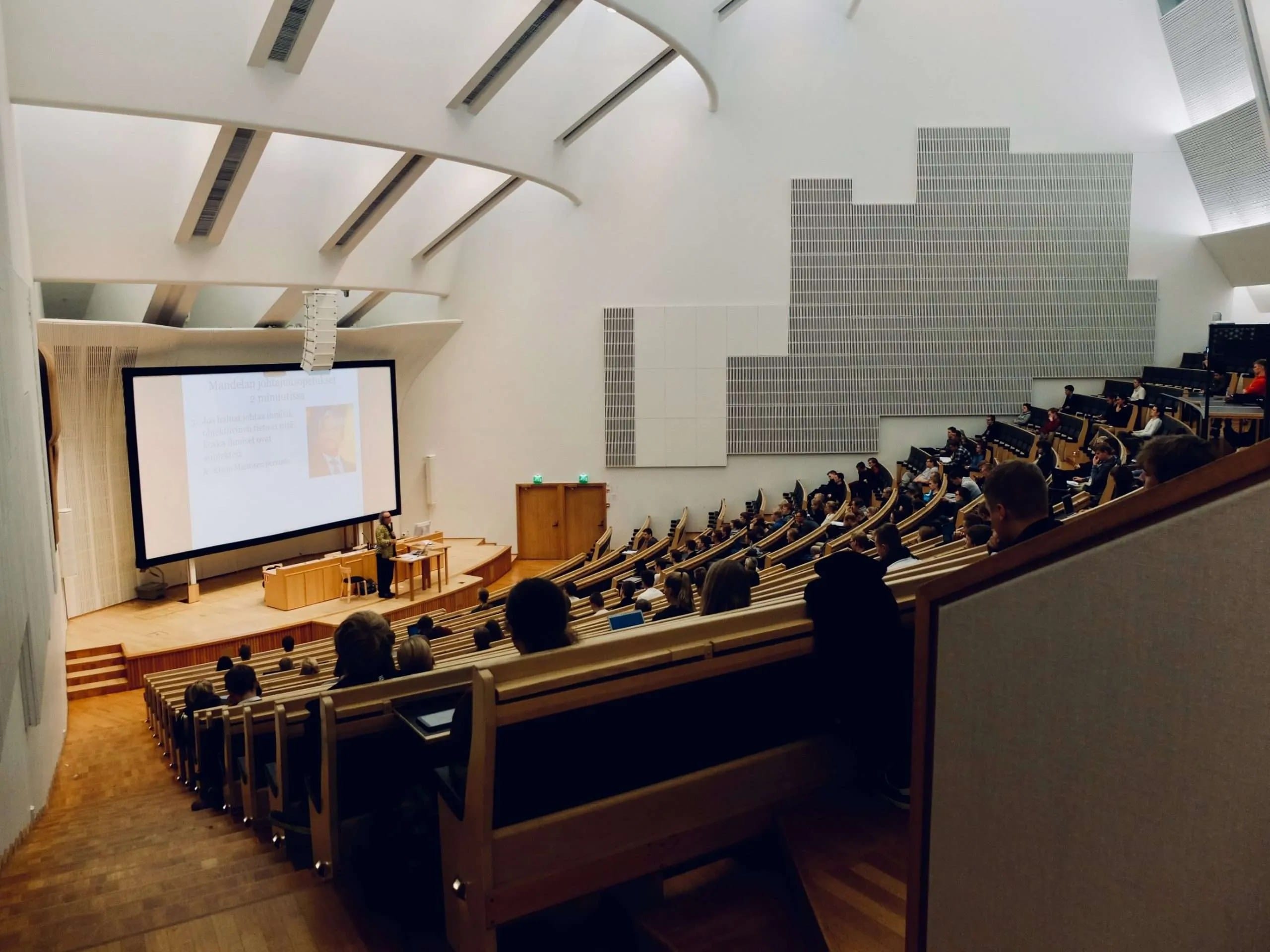For over a century, the Blackett Laboratory at Imperial College London has been a global hub for groundbreaking physics discoveries. This article explores its rich history, impactful research, and enduring legacy, showcasing its influence on the scientific community and beyond.
A Century of Physics: The Blackett Laboratory’s Enduring Legacy
The Blackett Laboratory isn’t simply a building; it’s a testament to human ingenuity and the power of collaborative scientific pursuit. From its humble beginnings to its current status as a leading research center, its story is one of continuous innovation and profound impact.
From Humble Beginnings to Global Recognition: A Historical Journey
Long before the Blackett Laboratory’s iconic building opened in 1961, its roots lay within the physics department of the Normal School of Science, which later evolved into the Royal College of Science and finally Imperial College London. This lineage underscores the lab’s deep connection to the history of British science. Patrick Blackett, a pivotal figure, after his time at the Cavendish Laboratory, moved to Birkbeck College in 1933 and then to Imperial College in 1937. He became the architect of the lab’s future success, laying the groundwork for its remarkable achievements. Conveniently situated in Kensington, London, the lab quickly became a magnet for brilliant minds.
Nobel Laureates and Groundbreaking Science: More Than a Pretty Building
The Blackett Laboratory’s prestigious reputation is built upon the groundbreaking scientific achievements of its researchers. The lab has been home to numerous Nobel Prize winners, including the renowned Abdus Salam, a testament to the exceptional research environment it fosters. This environment, characterized by intense focus, collaborative brainstorming, and the thrill of discovery, has undeniably shaped the course of physics.
Architecturally Significant: A Space Designed for Discovery
While detailed architectural blueprints require further research, the Blackett Laboratory’s design, modern for its time, likely prioritized spacious labs equipped for cutting-edge experiments. The building’s aesthetic probably reflected the optimism and ambition of the 1960s, creating a space that encouraged collaboration and groundbreaking research. It was, in essence, designed to facilitate scientific breakthroughs.
Shaping Our World: Key Discoveries and Their Impact
The Blackett Laboratory’s influence extends far beyond its impressive structure. Countless publications stemming from research within its walls have profoundly impacted various fields. While pinpointing the single most impactful discovery is challenging due to the lab’s breadth of work, some key research areas have undeniably reshaped our understanding of the universe: some experts believe early work on cosmic rays and cloud chambers significantly advanced particle physics; improvements in particle tracking tools revolutionized experimental techniques; and advances in X-ray astronomy opened up entirely new avenues of cosmological study. The lab’s contributions likely influenced fields ranging from materials science to medical imaging.
Ongoing Research and Future Promises: A Legacy of Innovation Continues
The Blackett Laboratory’s impact isn’t confined to the past; it actively shapes the future of physics. The 2014 designation as an EPS Historic Site, one of only two in the UK alongside the National Physical Laboratory, is a significant acknowledgement of its enduring legacy. Professor Joanna Haigh aptly captured the lab’s importance, stating, “The Department is delighted and honoured that the Blackett Laboratory has been recognised by the European Physical Society for the advances to physics that have been made within its walls.” This recognition, coupled with ongoing research, promises even more significant breakthroughs in the years ahead. There is ongoing debate about the future direction of physics research, and the work at the Blackett Laboratory will undoubtedly play a crucial role in these discussions.
Community and Education: Nurturing Future Generations
The Blackett Laboratory’s commitment extends beyond scientific breakthroughs to fostering a strong sense of community and nurturing future generations of scientists. The “Blackett Lab Family” initiative is a powerful example of this commitment, particularly its focus on inclusive representation within the physics community. The lab’s robust undergraduate and postgraduate programs (BSc, MSci) provide training and mentorship to shape the future leaders of science.
The Professor Blackett Lecture Series: A Continuing Legacy
The annual Professor Blackett Lecture Series serves as a vital platform for disseminating the latest advancements in physics, bringing together leading experts and aspiring students. The diverse topics discussed reflect the evolving landscape of physics, ensuring that Patrick Blackett’s legacy of scientific excellence continues to inspire and inform.
A Legacy of Innovation: The Blackett Laboratory’s Enduring Impact
In conclusion, the Blackett Laboratory transcends its physical boundaries. It’s a vibrant community, a powerhouse of scientific innovation, and a testament to the transformative power of collaborative research. Its incredible past achievements and potential future discoveries suggest a legacy that will continue to resonate within the scientific community and the world at large. The laboratory’s continued contributions to scientific knowledge underscore its enduring importance and its significant role in the broader scientific community.
[https://www.lolaapp.com/argonaut-conference] [https://www.lolaapp.com/brightspace-wcc]
- Unveiling Bernhard Caesar Einstein’s Scientific Achievements: A Legacy in Engineering - July 15, 2025
- Uncover who is Jerry McSorley: CEO, Family Man, Business Success Story - July 15, 2025
- Discover Bernhard Caesar Einstein’s Scientific Contributions: Unveiling a Legacy Beyond Einstein - July 15, 2025















